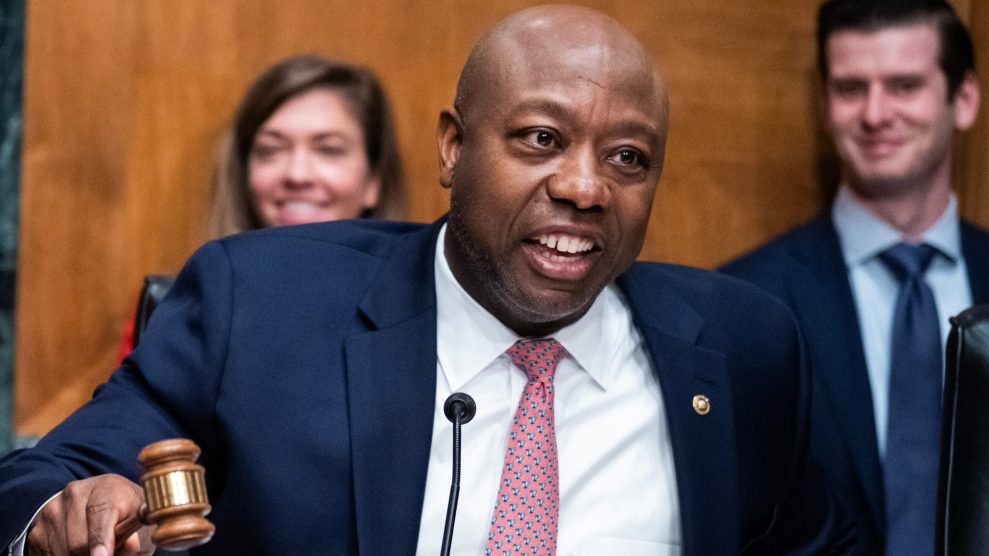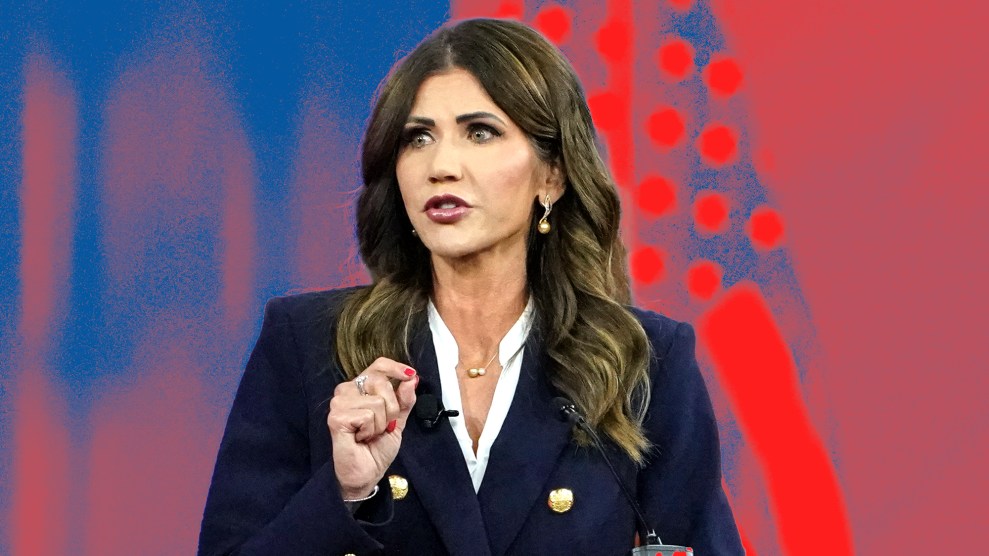I know, I know, healthcare can get tiresome. But as part of the great debate over whether we need revolutionary change all at once vs. something “good enough”  that we can build on, I think it’s worth pointing out that most of the great universal healthcare systems of Western Europe took the latter route. The French, for example, began covering lost wages from illness in the late 20s, and then began constructing a genuine national healthcare system shortly after World War II. But that was just a start. It took nearly 50 years before it became truly universal. Here’s the timeline from Wikipedia:
that we can build on, I think it’s worth pointing out that most of the great universal healthcare systems of Western Europe took the latter route. The French, for example, began covering lost wages from illness in the late 20s, and then began constructing a genuine national healthcare system shortly after World War II. But that was just a start. It took nearly 50 years before it became truly universal. Here’s the timeline from Wikipedia:
1947: extended social security to government workers.
1948: established three retiree insurance programs for non-salaried, non-farm employees (artisians, industrial and commercial workers, and among the liberal professions).
1952: established mandatory retiree insurance program for farmers, managed by the mutualité sociale agricole (MSA).
1961: established mandatory health insurance for farmers, allowing them choice among providers.
1966: established maternity health insurance for non-salaired, non-farm workers, managed by the CANAM.
1966: established mandatory insurance programs for farm-related accidents, non-work related accidents, and work-related sicknesses with free-choice of provider.
1972: protection enforcement of salaried farm-workers against work-related accidents, written into law.
1975: universalized retiree insurance mandatory for working population.
1978: establishment of unique program for ministers, religious congregation members, and personal insurance other non-covered persons.
1999: the complete institutionalization of universal health care.
2001: additional assistance provided for families who need help with daily tasks.
2002: compensation established for all medical-related accidents whether fault is found or not.
Even now, not everything is covered. Above the lowest income levels, patients are required to pay 20-30% of the costs of care up to a certain amount, and private insurance is widely used to cover this gap. There’s a similar story in most other countries. You can find a brief summary of Germany’s evolution here, for example.
This is just some food for thought. All countries are constrained in what they can do by past experience, existing institutions, and powerful interest groups. But the important thing, I think, is to pass a law that makes the principle of universal coverage the law of the land. Once that’s in place, there’s no going back even if the first pass is highly imperfect.

















